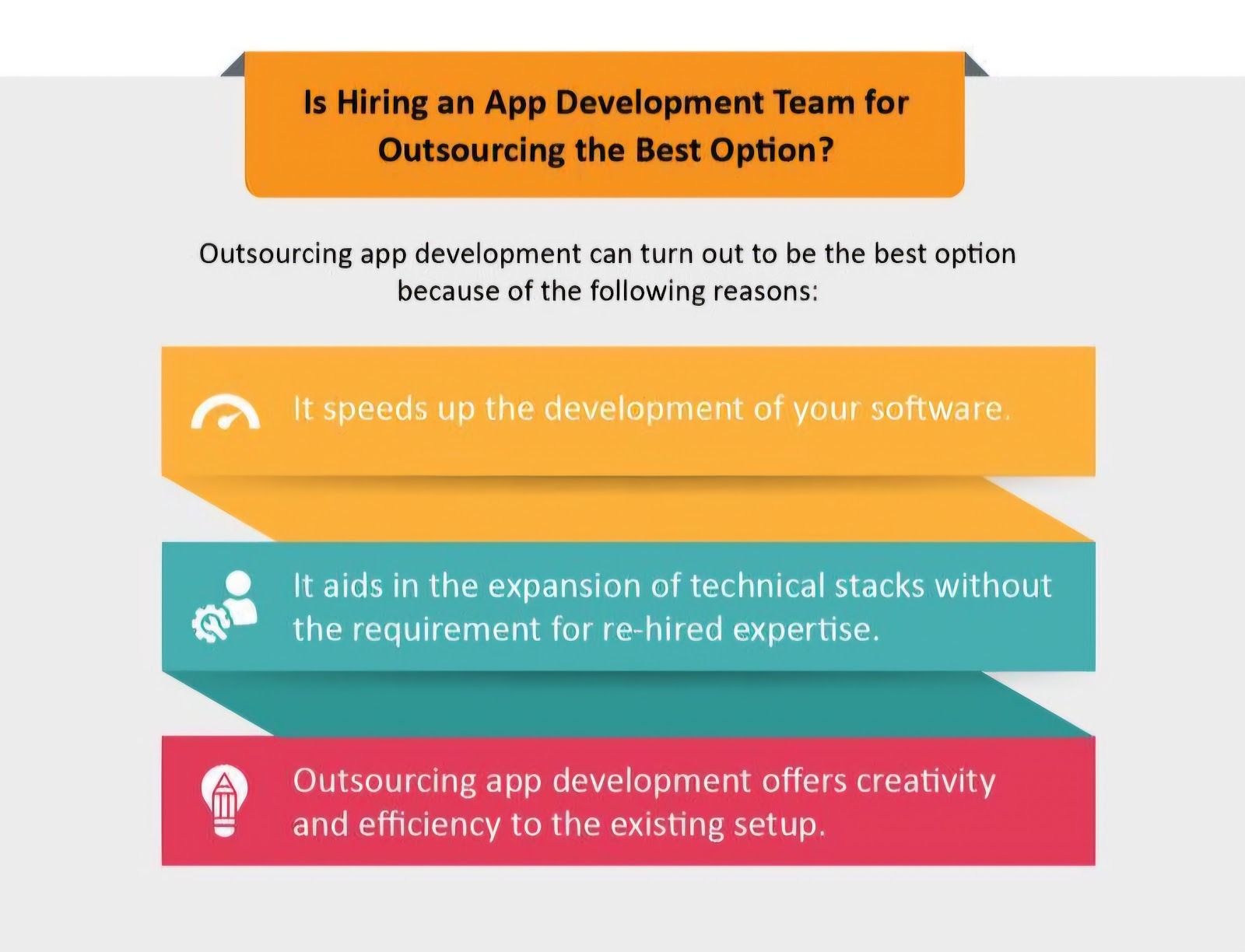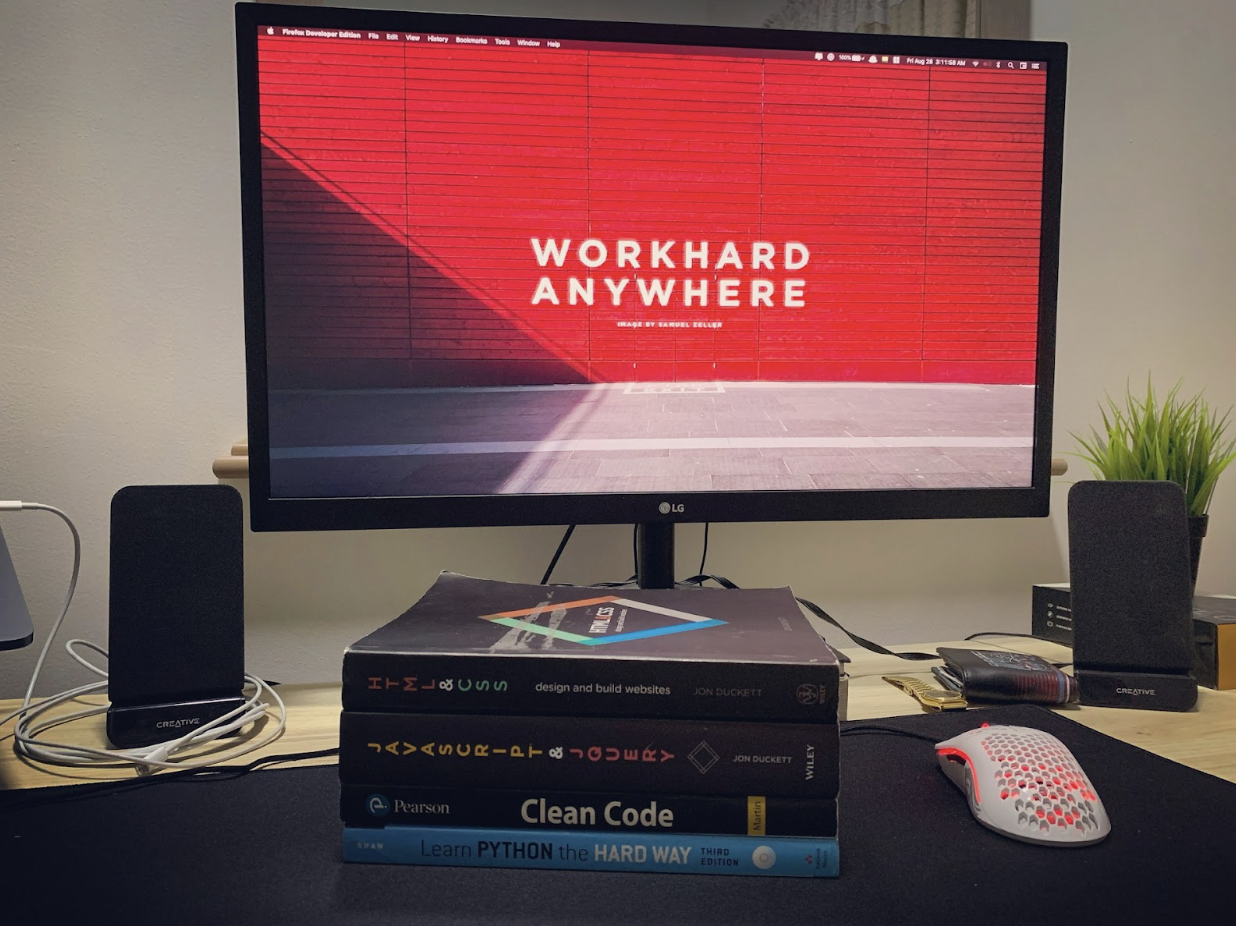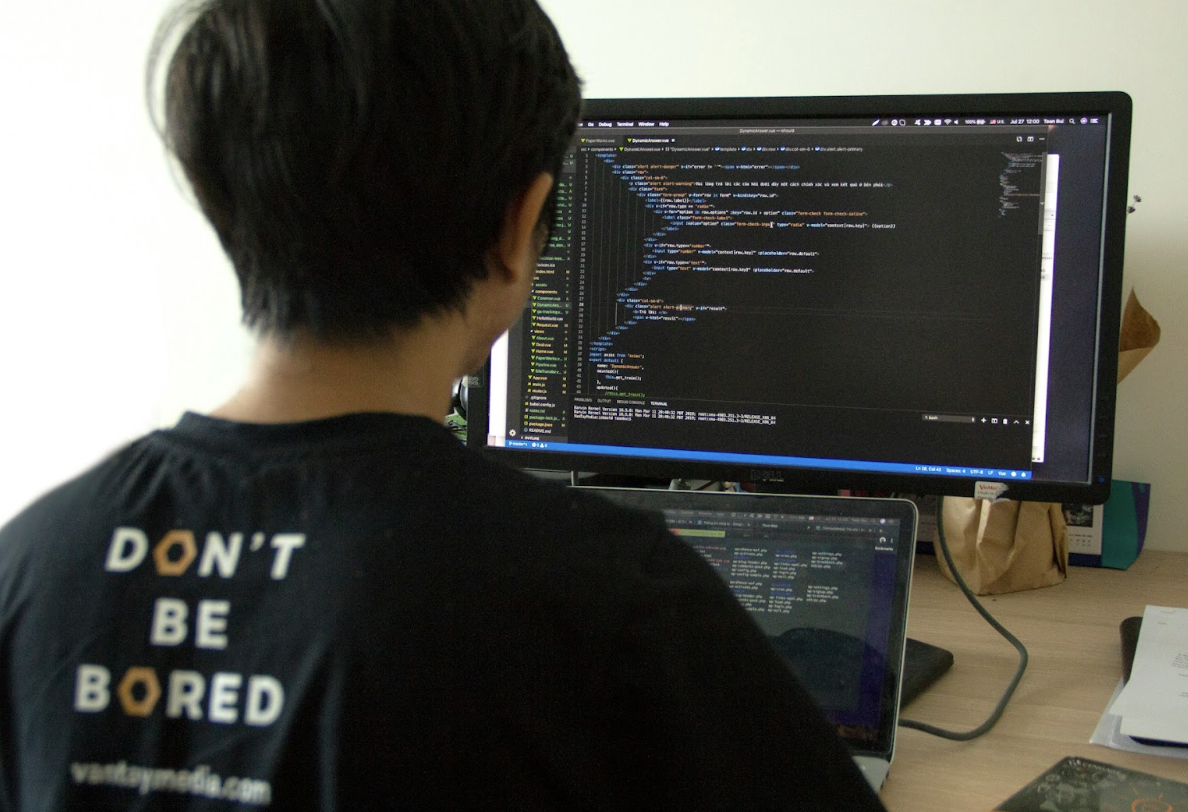 News
News
Hiring remote developers sounds simple on paper; post a job online, review applications, pick the best fit. But anyone who’s done it knows it’s a different ballgame when your team is scattered across time zones and you never meet face to face. The truth is, remote hiring requires a clear process that goes beyond resumes and keywords. It’s about finding developers who can not only code but also communicate, collaborate, and deliver results on your terms. In this remote developers hiring guide, we will break down the online hiring steps you need to follow if you want to build a remote team that actually works. No generic advice, just actionable insights that get you from posting your job to onboarding top talent with confidence.
Online Hiring Steps Explained In Detail
Start With a Specific Role and Outcome, Not Just a Job Title.
Before you post anything online, define exactly what you're hiring for. Not just "front-end developer" or "full-stack engineer." What project will this person own? What frameworks do they need to already know? What outcomes should they deliver in their first 90 days? This clarity helps you filter talent faster and write a job description that repels the wrong fit and attracts the right one.
Choose the Right Platform Based on Budget, Urgency, and Role Type.
Not all hiring platforms serve the same purpose. If you need a vetted senior developer fast, platforms like Toptal, Turing, or Gun.io are built for that. If you're testing out freelancers for a smaller project, Upwork or Fiverr Pro might work. And if you want to build a dedicated team long term, go for nearshore staff augmentation agencies. Don’t waste time scrolling endless profiles. Know which platform matches your exact use case and budget range.
Write a Job Post That Pre-Screens Applicants For You.
Here’s where most hiring managers go wrong. They post vague, copy-pasted job descriptions. Instead, make your job post do the filtering for you. Add a simple qualifier task like “Include your favorite debugging tool in your cover letter” to weed out lazy applications. Use bullet points that list your tech stack, working hours, timezone overlaps, and communication expectations. Think of this post as your first checkpoint. Done right, it saves hours of interviews as this is the most important aspect that every remote staffing guide emphasizes on.
Screen for Communication and Context Awareness Early On.
The first red flag in online hiring isn’t skills. It’s communication. Can they understand your context quickly? Are they responsive? Do they ask smart questions? When reviewing initial applications or messages, pay close attention to how they explain their experience. Someone who can clearly describe their role in past projects shows awareness and ownership. If they jump straight into code talk without understanding your business goals, that’s a skip.
Use Paid Test Projects, Not Just Portfolio Reviews.
Portfolios can be polished. GitHub profiles can be inflated. Instead, assign a paid test task that mirrors the kind of work they’ll actually do with you. It should be small, around one to two hours, but real. Like debugging a UI component, writing a backend endpoint, or giving feedback on your architecture. You’ll learn more from this than from three interviews. Serious candidates won’t hesitate to complete it.
Conduct a Deep Interview That Focuses on Decision-Making.
When you get to the interview, don’t make it a quiz. Focus on how the developer thinks. Why did they choose X over Y in a past project? How do they handle blockers when working async? What’s their preferred way of receiving feedback? These questions show whether they’ll thrive in your remote setup. You’re not hiring a machine. You’re hiring a partner who can work without hand-holding.
Align on Time Zones, Tools, and Working Rhythms Upfront.
Even the best developer can become a problem if they’re online when you’re asleep or prefer Slack while you live in Notion. Clarify your team’s preferred communication tools, meeting cadence, and time overlap expectations before you sign anything. Remote hiring only works when people work together, not in silos. This isn’t micromanagement. It’s alignment.
Offer a Trial Period That Feels Mutually Beneficial.
Don’t jump into a full-time contract on Day 1. Instead, offer a trial period. Two to four weeks to complete a remote developer hiring process is ideal. But frame it as a two-way evaluation. You’re testing fit just as much as they are. This removes pressure and creates a collaborative environment. During this time, track responsiveness, code quality, and how they take feedback. If it works, roll into a longer-term contract with confidence.
Keep the Experience Human (That’s How You Attract Top Talent).
Here’s the truth. The best developers are evaluating you just as much as you’re evaluating them. Generic messages, ghosting, or slow responses send the wrong signal. Keep your communication transparent and timely. Give feedback on tests even if they don’t pass. People talk. And a positive hiring experience helps you attract better talent for future roles.
What You Need To Watch Out For During the Remote Developer Hiring Process
Even if you follow the right hiring steps, small missteps along the way can throw the whole process off. Remote hiring isn’t just about finding someone who can code. It’s about building a working relationship that functions smoothly across time zones, tools, and expectations. Here’s what you really need to keep an eye on during the process.
》 Rushing Into Interviews Without Clarity
Jumping into interviews before defining your needs leads to wasted time and irrelevant conversations. Lock in the scope, tools, time zone needs, and level of experience before you post a job or speak to anyone.
》 Overlooking Communication Fit
You might find someone with a killer resume, but if they’re vague in responses or don’t ask the right questions, it won’t work.
》 Not Testing Real-World Skills
Don’t rely on GitHub stars or past job titles. Use a short paid task that mimics the actual work they’ll do. You want to see how they think, not just what they’ve done.
》 Ignoring Time Zone Compatibility
“Flexible hours” sounds great until you realize you have zero overlap. Clarify the expected working hours early. A few hours of daily crossover is non-negotiable for most remote teams.
》 Skipping the Tools Discussion
Don’t assume they know or like your toolstack. Whether it’s Jira, Notion, GitHub, Slack, or ClickUp, make sure they’re comfortable with how your team runs. No one wants to onboard someone who resists the tools from day one.
》 Hiring Based on Price Instead of Value
Remote talent can be more affordable, but don’t chase the lowest rate. You’re hiring for impact, not just output. If you’re comparing two candidates, prioritize the one who understands your business goals, not just the one with the lower hourly rate.
》 Forgetting to Vet Soft Skills
Can they take feedback without getting defensive? Are they proactive when blocked? Do they update without being asked? These traits matter way more in remote setups than in traditional offices.
》 No Trial Period or Exit Plan
Even with the best vetting, not every hire works out. Always offer a short paid trial first. It lets both sides test the waters without pressure. And make sure your contract includes a simple off-ramp if it doesn’t fit.
》 Not Following Up With Clear Next Steps
You’ve interviewed, you’ve tested, you’re ready to decide. Don’t ghost. Always follow up clearly, even if you’re rejecting someone. Developers talk, and a respectful process helps you build a good reputation in the talent community.
Why Remote Developer Hiring Process Works Better With Blue Coding
Blue Coding has helped countless companies streamline their remote hiring process, not with fluff, but with strategy that actually works. We specialize in connecting you with vetted nearshore developers from Latin America who don’t just match your tech needs, but fit your team culture, time zone, and communication style. If you're looking to scale your dev team or hire for a specific role, let us know! We take care of sourcing, vetting, onboarding, and ongoing support so you don’t have to figure it out alone. Ready to build a remote team that actually clicks? Contact us and let’s get started with a free discovery call!




